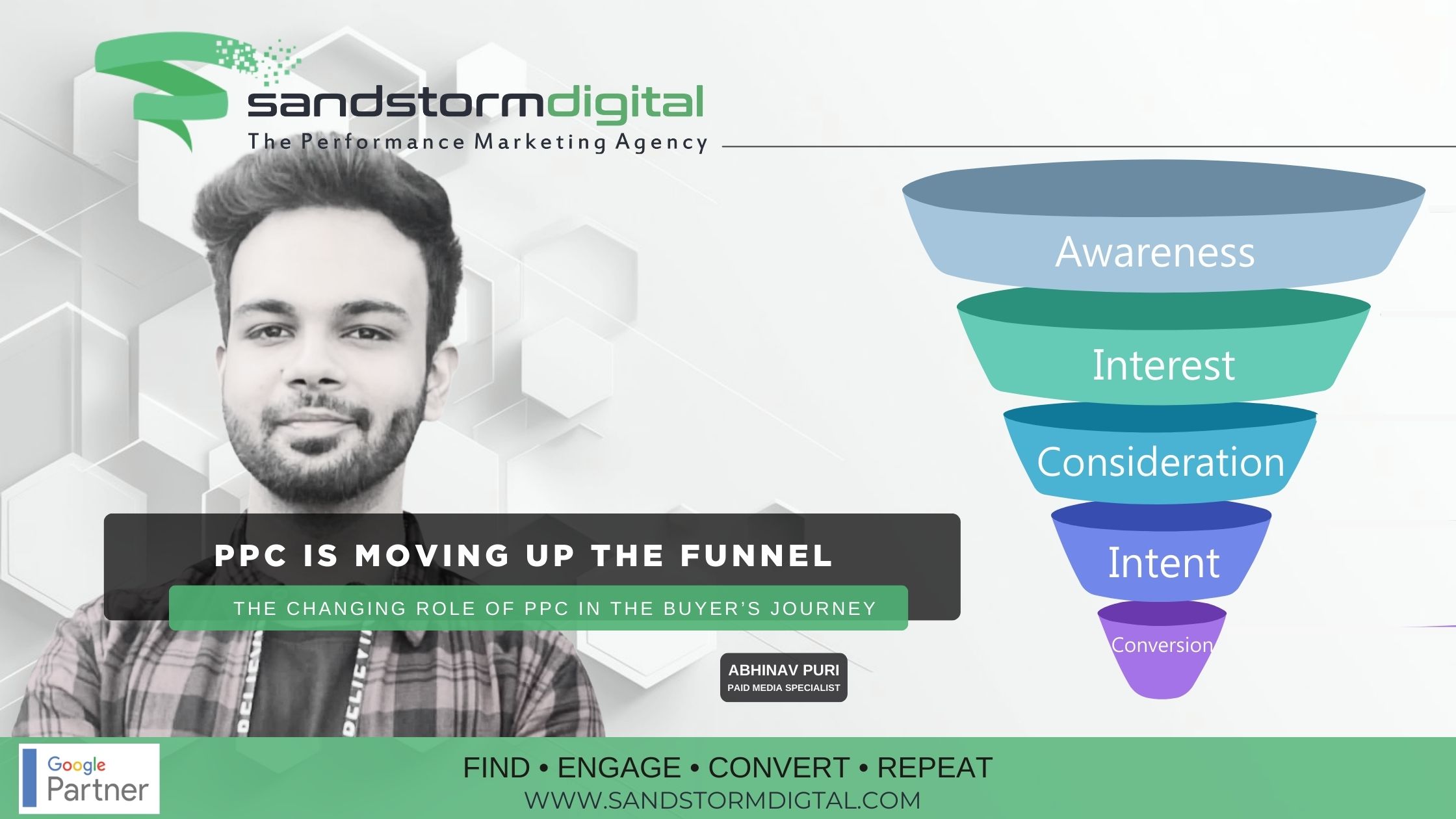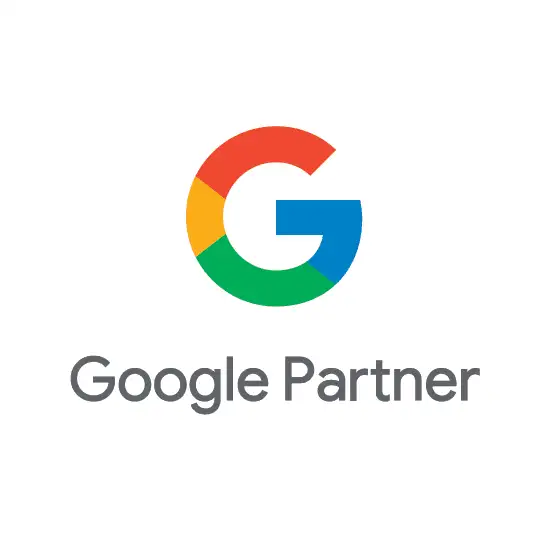The digital economy in the Middle East has been growing fast, but the pace of change in consumer search and shopping behavior is now accelerating even more.
A new study by Google and Visa, titled “Search and Spend Decoded,” takes an in-depth look at how people in the UAE and Saudi Arabia are searching, spending, and making purchasing decisions. For enterprise brands operating across the region, the findings highlight not only opportunity but also urgency — the need to rethink digital strategies to match how modern consumers really shop.
1. Search Interest Is Surging
Search has always been a window into what people want, and this study confirms it.
Over the past year, search interest in discretionary spending categories, like fashion, electronics, travel and dining grew by around 10% in both the UAE and Saudi Arabia.
That’s a clear indicator that more consumers are turning to search to research and evaluate their next purchase. For large brands, this reinforces the importance of owning the discovery journey and appearing in search when consumers are exploring options, not just when they’re ready to buy.
It’s a reminder that SEO isn’t a technical afterthought , it’s a brand-building channel that influences decisions at scale.
2. Spending Is Rising, but the Path to Purchase Is Fragmented
According to Visa’s data, discretionary spending increased 17% in the UAE and 11% in Saudi Arabia last year. Yet, how and where people spend depends heavily on the category.
For example, luxury purchases still happen mostly offline, even though search interest is growing online. In the UAE, 92% of luxury spending remains in physical stores, while in Saudi Arabia that number is 97%.
For enterprise brands, this means your digital presence must connect seamlessly with in-store experiences. Online channels drive awareness and intent but in many categories, offline environments still close the sale.
The winning strategy is omnichannel orchestration, where every digital touchpoint from search to store locator feeds into a unified brand experience.
3. Global Competition Is Reshaping Local Markets
One of the most striking insights in the study is the growth of cross-border e-commerce.
Search interest for international brands has soared by more than 90%, and about one in six transactions in these markets now go to international sellers.
This trend signals a shift in consumer mindset, buyers are more open to purchasing from brands outside their home market, as long as the experience is smooth and trustworthy.
For regional enterprises, this represents both a challenge and an opportunity.
You’re not just competing with your traditional category rivals anymore , you’re competing with global giants who have mastered the digital journey.
The answer isn’t imitation, but differentiation: focus on local relevance, cultural connection, and trust signals (localized payment methods, clear delivery timelines, Arabic content, and responsive customer support).
4. Six Key Moments Shape Consumer Demand
The research identifies six major “peak moments” throughout the year that drive significant spikes in both search and spend. These include cultural and religious events like Ramadan and Eid, national holidays, Back-to-School season, and year-end sales periods.
For enterprise brands with complex campaign calendars, this insight is invaluable. It’s not enough to activate during global retail moments like Black Friday, Middle Eastern audiences respond strongly to local events and cultural rhythms.
By aligning campaign content, keywords, and offers around these peaks and starting your activation early, you can capture intent at its highest point.
Large brands should treat this as a data-driven calendar, where each spike is a strategic opportunity to deepen market relevance.
5. Visual Search and AI Are Redefining Discovery
Consumers are no longer just typing into the search bar. According to the study, use of Google Lens has grown 65% year-on-year, and younger audiences are increasingly using features like Circle to Search.
This signals a major shift toward visual and AI-assisted discovery.
For big brands with extensive product catalogs, this evolution demands action:
- Optimize product imagery for Google Lens and visual search.
- Implement structured data to help Google understand and showcase your products.
- Ensure mobile experiences are frictionless, since most visual searches begin on smartphones.
Enterprise SEO strategies must evolve beyond keywords to include how users find products , not just what they search for.
6. How Enterprise Brands Can Respond
For large organizations operating across the Middle East, here’s how to translate these insights into action:
- Build omnichannel synergy: Align your digital discovery with physical availability.
- Localize deeply: Use regional language, cultural references, and local payment preferences.
- Prepare for peaks: Map your campaigns to the six key moments of intent.
- Compete globally, win locally: Combine world-class UX with regional authenticity.
- Invest in image and AI optimization: Future-proof your brand for visual discovery.
By integrating these principles, enterprise brands can transform data insights into sustained market advantage where search and spend move together in harmony.
Final Takeaway
The Google–Visa study underscores something every enterprise marketer already senses:
Middle Eastern consumers are digitally driven, globally aware, and expect both convenience and cultural connection.
The brands that thrive will be those that use data to anticipate behavior, create localized relevance, and adapt their SEO and media strategies to match real consumer intent and not outdated assumptions.
In short, the future of commerce in the region isn’t about choosing between online and offline , it’s about owning every moment in between.











